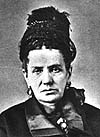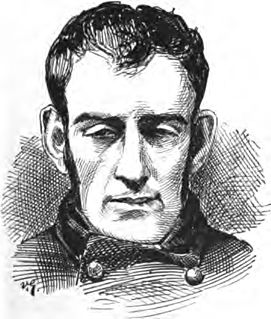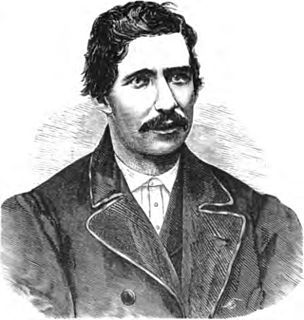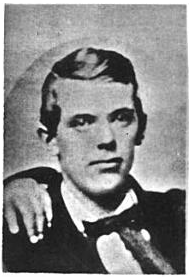| Ephraim Snow | |
|---|---|
| Nationality | American |
| Other names | Old Snow |
| Occupation | Fence |
| Known for | Early criminal fence and underworld figure in New York during the early-to mid 19th century; principal rival of Joe Erich during the 1850s and 60s. |
| Home town | Manhattan, New York, United States |
Ephraim Snow or Old Snow (fl. 1850-1865) was an American criminal fence and underworld figure on New York City during the early-to mid-19th century. He was one of the first major fences in New York and the main competitor of Joe Erich during the 1850s and 60s, however the two had a far more friendly and cooperative relationship then the fierce rivalries of later fences such as John D. "Traveling Mike" Grady and Fredericka "Marm" Mandelbaum. He operated from a small dry goods store on the corner of Grand and Allen Streets, only a short distance from Erich's establishment in Maiden Lane, and was well known as a dealer in "stolen property of every description". According to underworld lore, Erich once disposed of a flock of sheep that some Bowery thugs brought back with them while on vacation in Upstate New York having stolen them from a farm in Westchester County and herded them "through the streets of the city to the shop of the fence". [1]
Floruit, abbreviated fl., Latin for "he/she flourished", denotes a date or period during which a person was known to have been alive or active. In English, the word may also be used as a noun indicating the time when someone flourished.

A fence, also known as a receiver, mover, or moving man, is an individual who knowingly buys stolen goods in order to later resell them for profit. The fence acts as a middleman between thieves and the eventual buyers of stolen goods who may not be aware that the goods are stolen. As a verb, the word describes the behaviour of the thief in the transaction: The burglar fenced the stolen radio. This sense of the term came from thieves' slang, first attested c. 1700, from the notion of such transactions providing a defence against being caught. The term remains in common use in all major dialects of modern English, all of which spell it with a "c" even though the source word in some dialects is now spelled defense.

The City of New York, usually called either New York City (NYC) or simply New York (NY), is the most populous city in the United States and in the U.S. state of New York. With an estimated 2017 population of 8,622,698 distributed over a land area of about 302.6 square miles (784 km2), New York is also the most densely populated major city in the United States. Located at the southern tip of the state of New York, the city is the center of the New York metropolitan area, the largest metropolitan area in the world by urban landmass and one of the world's most populous megacities, with an estimated 20,320,876 people in its 2017 Metropolitan Statistical Area and 23,876,155 residents in its Combined Statistical Area. A global power city, New York City has been described as the cultural, financial, and media capital of the world, and exerts a significant impact upon commerce, entertainment, research, technology, education, politics, tourism, art, fashion, and sports. The city's fast pace has inspired the term New York minute. Home to the headquarters of the United Nations, New York is an important center for international diplomacy.
He and Erich were eventually overshadowed of the rise of John Grady and Marm Mandelbaum in the post-American Civil War era, both earning millions though financing criminal gangs in addition to dealing in stolen goods, and Snow worked with Mandelbaum in her early criminal career. [2] Snow was eventually arrested and sentenced to five years imprisonment. [3]

The American Civil War was a war fought in the United States from 1861 to 1865, between the North and the South. The Civil War is the most studied and written about episode in U.S. history. Primarily as a result of the long-standing controversy over the enslavement of black people, war broke out in April 1861 when secessionist forces attacked Fort Sumter in South Carolina shortly after Abraham Lincoln had been inaugurated as the President of the United States. The loyalists of the Union in the North proclaimed support for the Constitution. They faced secessionists of the Confederate States in the South, who advocated for states' rights to uphold slavery.









